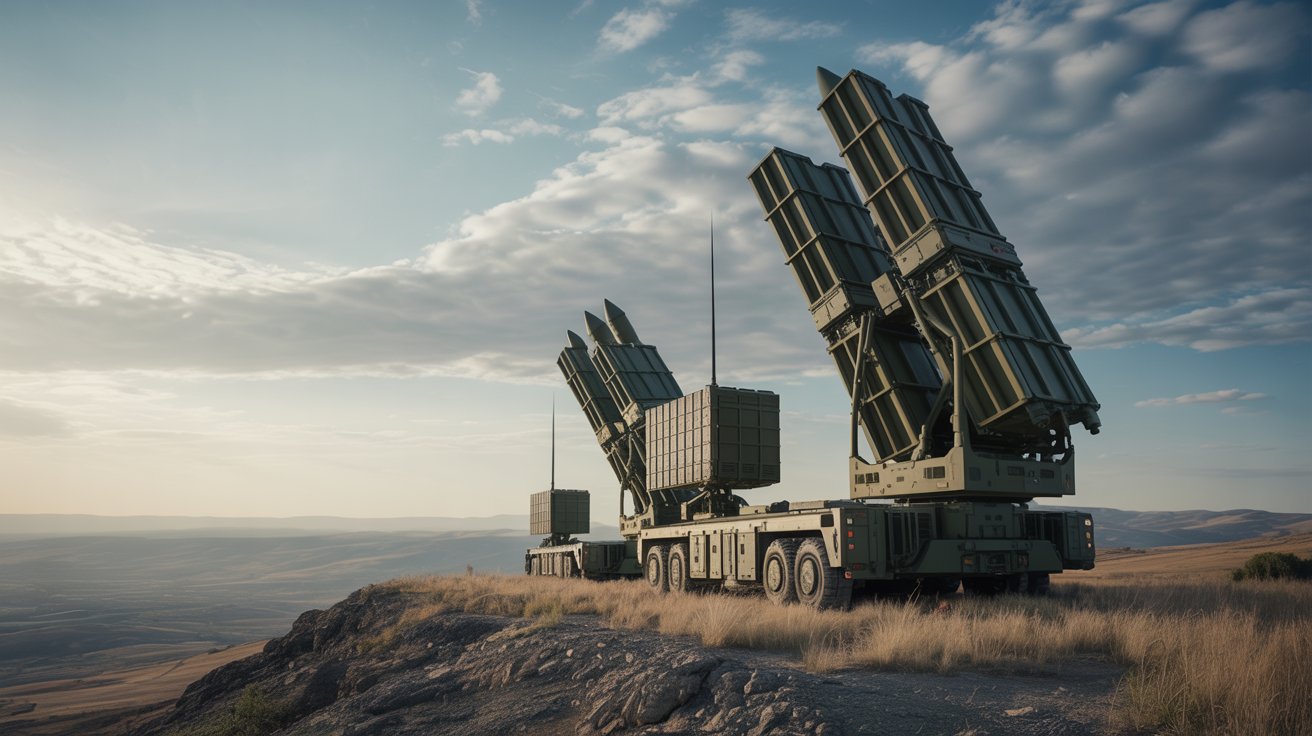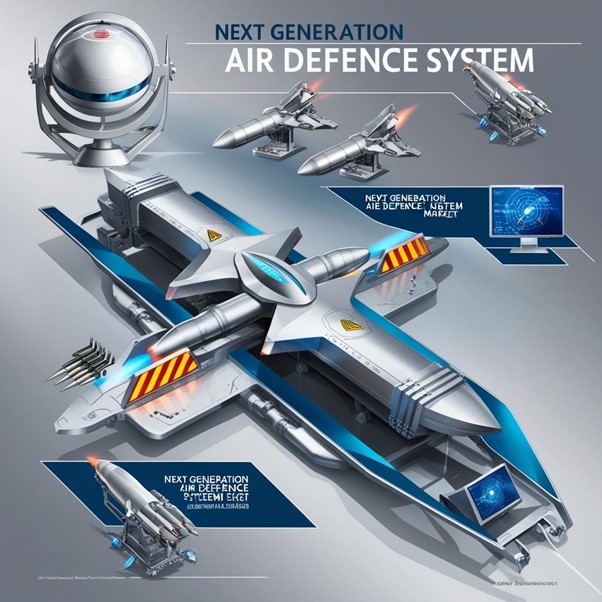This report analyzes the integrated air & missile defense market from 2025 to 2030. The report describes various industry and technology trends prevailing in the integrated air & missile defense market. The integrated air and missile defense market is estimated in terms of market size to be USD 37.94 billion in 2025 and USD 68.38 billion by 2030, at a CAGR of 12.5%.

Based on systems, counter-UAS systems are expected to register the highest CAGR over the forecast period in the integrated air and missile defense market due to the rapid proliferation of small, low-cost drones in both state and non-state actor operations. Increasing incidents of drone incursions around critical infrastructure, military bases, and border regions are driving urgent demand for advanced detection and neutralization technologies. Governments are prioritizing C-UAS procurement as part of layered IAMD modernization initiatives worldwide.
Download PDF Brochure @ https://www.marketsandmarkets.com/pdfdownloadNew.asp?id=134870061
Based on components, weapon systems are expected to register the highest CAGR over the forecast period in the integrated air and missile defense market due to the continuous demand for interceptors, directed energy weapons, and advanced kinetic kill systems. Rising threats from ballistic missiles, hypersonic glide vehicles, and unmanned aerial platforms are pushing militaries to prioritize investment in offensive and defensive weapon technologies. Modernization programs worldwide increasingly allocate higher budgets toward next-generation missile interceptors and high-energy laser systems.

Based on region, Europe is estimated to register the largest market share over the forecast period in the integrated air and missile defense market due to heightened security concerns from ongoing conflicts and rising missile threats along its eastern borders. NATO member states are rapidly increasing defense budgets and accelerating procurement of advanced IAMD systems such as Patriot, SAMP/T, and IRIS-T. Collaborative programs, joint procurement frameworks, and EU-backed defense initiatives further drive large-scale investments across the region. In Europe, missile defense systems dominate the integrated air and missile defense market, with strong demand for interceptors, radars, and command-and-control solutions to counter rising threats from ballistic and cruise missiles. NATO-led programs such as SAMP/T, Patriot deployments, and the IRIS-T SLM are driving collaborative investments aimed at building interoperable and layered IAMD architectures that can secure airspace and critical infrastructure across the continent.
Much innovation in Europe is centered on medium-range air defense (MRAD) capabilities, where armies are prioritizing procurement of advanced weapon systems and networked fire control solutions. Regional defense primes, supported by EU defense initiatives and multinational partnerships, are developing next-generation missile defense technologies to strengthen deterrence. Poland, in particular, is accelerating procurement through its Wisła and Narew programs, making it the fastest-growing market in the region. Due to heightened geopolitical tensions and increasing NATO defense commitments, Europe is expected to remain a key revenue hub for IAMD. Poland’s rapid capability expansion, backed by large-scale US and European supplier contracts, positions it as a focal point of growth. Continuous demand for MRAD and integrated missile defense systems ensures Europe’s strong momentum within the global market.
Key players in the integrated air and missile defense market are RTX (US), Lockheed Martin Corporation (US), MBDA (France), Northrop Grumman (US), IAI (Israel), Thales (France), Rheinmetall AG (Germany), RAFAEL Advanced Defense Systems Ltd. (Israel), Kongsberg (Norway), Hanwha Group (Korea), ASELSAN A.Ş. (Turkey), Diehl Stiftung & Co. KG (Germany), MITSUBISHI HEAVY INDUSTRIES, LTD. (Japan), LIG Nex1 (Korea), Hensoldt AG (Germany). These companies are well-represented geographically and offer a wide range of products. These businesses operate worldwide and provide a variety of products. To increase their market share, they rely on their diverse product portfolios and R&D capabilities.
